What Projects Do Tree Services Complete?
Tree service companies undertake a broad range of projects. From basic maintenance to complex tree removal, these services play a crucial role in both residential and commercial landscaping. Understanding the scope of their work can help homeowners and property managers make informed decisions about maintaining their green spaces. Tree services are essential for maintaining healthy landscapes, which enhance property value and provide ecological benefits.
Pruning and Trimming Services
Tree pruning and trimming are fundamental aspects of arboriculture that demand precision and expertise. Regular pruning involves the strategic removal of branches to maintain tree health and aesthetics. Deadwood removal is a critical task as it prevents decay and the spread of diseases, making it crucial for protecting both the tree and the surrounding landscape. Skilled arborists use specialized tools and methods to perform these tasks safely and effectively.
Structural pruning focuses on creating a strong tree architecture by managing the growth of dominant branches. This process reduces the risk of branch failure and supports a healthy structure that withstands environmental stresses. Additionally, thinning practices play a role in improving light and air penetration through the canopy, which promotes vigorous growth. Over time, these practices help trees develop resilience and longevity in both natural and landscaped environments.
Hedge trimming, offered as part of professional tree services, is a specialized form of pruning that helps maintain the desired shape and size of hedges. Seasonal pruning techniques vary depending on the tree species and local climate conditions, ensuring each plant receives the appropriate care. By understanding these techniques, tree services can align maintenance practices with the natural growth cycles of plants, promoting optimal health and appearance.
Planting and Transplanting Trees
Tree planting and transplanting, often provided by professional tree services, require a detailed understanding of the site and surrounding environmental conditions. A thorough site evaluation is crucial for selecting the most suitable planting locations that will promote healthy tree development. Factors such as soil type, drainage capacity, and sunlight exposure must be carefully assessed to ensure long-term growth and vitality.
Species selection is a critical step that influences the long-term success of a planting project. Arborists must consider the compatibility of species with the local ecosystem and the specific needs of the property. Proper planting techniques involve more than just placing a tree in the ground; it includes preparing the site, handling the tree correctly, and ensuring the roots are not stressed.
Transplanting mature trees is a task that demands meticulous planning and execution. The process involves carefully uprooting the tree, transporting it, and securing it in a new location with minimal stress. Post-planting care, including watering, mulching, and monitoring, is essential for the successful establishment of transplanted trees. Proper timing, often during a tree’s dormant season, further increases the likelihood of a smooth transition and long-term survival.
Removing Trees and Grinding Stumps
Tree removal is sometimes necessary when trees pose safety hazards or are affected by disease beyond recovery. Assessing tree removal needs involves evaluating the tree's condition and potential risks to property and people. Safe tree removal methods employ specialized equipment and techniques to minimize impact on the surrounding area.
Emergency tree removal services are crucial for addressing urgent situations such as storm damage or sudden instability. These services provide rapid response to protect property and ensure public safety. Stump grinding techniques are employed post-removal to eliminate the remains of the tree and prepare the site for future use.
Eco-friendly disposal of tree debris involves recycling and composting organic material. Sustainable practices ensure that tree waste is transformed into beneficial products rather than contributing to landfill accumulation. According to IBISWorld, the U.S. tree trimming services industry is valued at approximately $35.6 billion, highlighting the significant economic impact of professional tree services. By integrating green disposal methods, the industry can continue to grow while reducing its environmental footprint.
Managing Tree Health to Prevent Disease
Tree health and disease management are key components of professional tree services that help maintain the vitality and longevity of trees. Healthy trees not only enhance the beauty and value of a property but also provide important environmental benefits, including improved air quality and natural shade. Early identification of tree diseases is crucial, as timely intervention can prevent the spread of infection and improve the chances of successful recovery. Tree services utilize a range of diagnostic techniques, from visual inspections to laboratory testing, to accurately identify the specific pathogens affecting trees.
Once a disease or health issue is identified, arborists can develop a targeted care plan tailored to the tree’s needs. Regular monitoring and follow-up assessments are also important to ensure that the interventions are effective and that the tree continues to thrive. By combining early detection with proactive management, tree health can be preserved, protecting both the tree and the surrounding landscape.
Tree health monitoring programs provide continuous observation to detect changes in condition or potential threats. These programs enable early intervention and informed decision-making for tree care. Soil and water management are crucial components of maintaining healthy trees, as they ensure that trees receive adequate resources to thrive.
Cabling and Bracing for Tree Support
Cabling and bracing are structural reinforcement techniques used to provide support for trees at risk of failure. Understanding when cabling is necessary involves assessing the tree's condition, growth pattern, and structural integrity. Arborists must consider both the benefits and limitations of implementing support systems.
Types of cabling systems vary in design and application, ranging from flexible dynamic systems to rigid static installations. Each system is chosen based on the specific needs and characteristics of the tree in question. Installation techniques for bracing require precision and expertise to ensure the system effectively mitigates risks without causing additional harm. Regular inspections are also essential to confirm that the cabling remains secure and continues to provide the intended structural support.
Monitoring and maintenance of installed systems are vital to ensure their continued effectiveness and to address any issues that arise over time. The pros and cons of tree support systems must be considered in the context of the tree's health, the surrounding environment, and long-term landscape goals. Responsible cabling and bracing contribute to tree preservation and safety in urban environments.
Providing Consultations and Risk Assessment
Consultation and risk assessment are critical services that guide property owners in managing their trees sustainably. Conducting tree risk assessments involves evaluating potential hazards and vulnerabilities in order to prioritize interventions. Understanding tree preservation during construction protects existing trees from damage and ensures their longevity.
Legal and safety considerations in tree care are essential for compliance with regulations and protecting the interests of all stakeholders. Arborists advise on legal responsibilities and necessary precautions to mitigate risks. Developing a long-term tree care plan integrates tree management practices with broader landscape goals and ecological stewardship.
Educational programs and workshops for public awareness promote understanding of tree care and landscape conservation. These initiatives empower communities to participate in tree stewardship and advocate for healthier environments. Professional consultation provides valuable insights that enhance the safety, health, and beauty of managed landscapes.
Tree services encompass a wide array of projects that go beyond simple cutting and trimming. Understanding the full spectrum of services offered can assist property owners in effectively managing their trees. Ultimately, working with professional tree service providers ensures not only the health and safety of individual trees but also the overall aesthetic and ecological well-being of any landscape. If you're looking to engage a professional tree service, contact Marble Tree Service to request an estimate today.
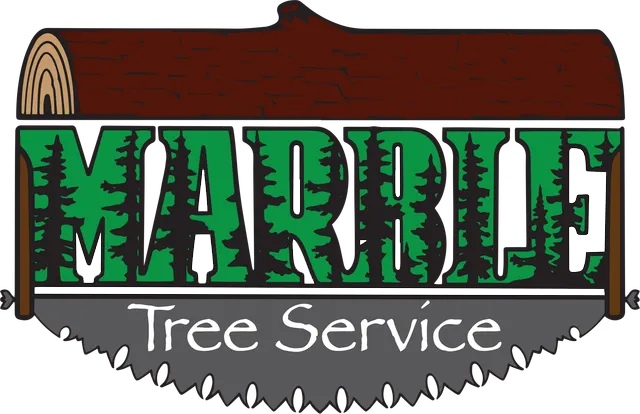
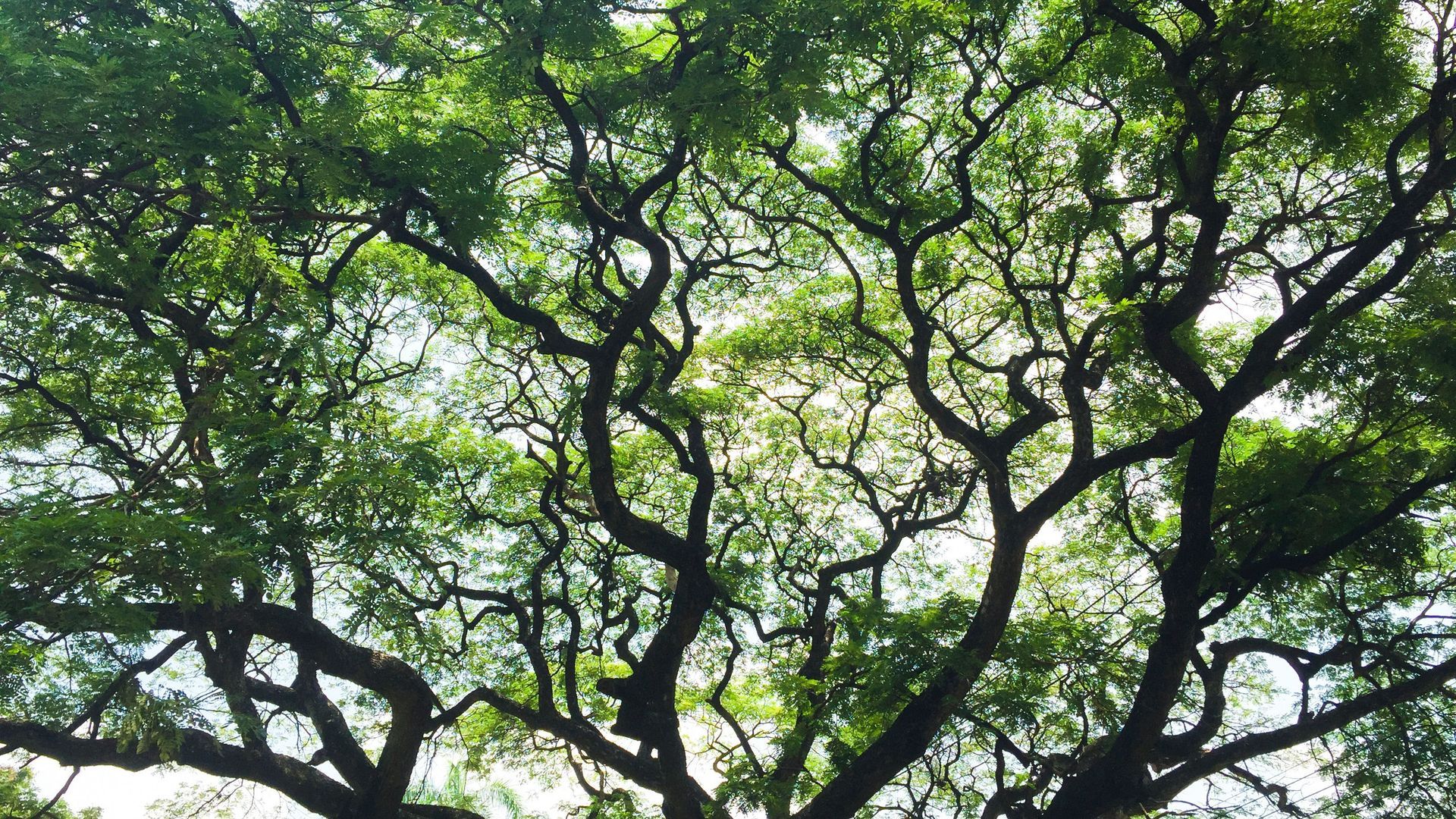
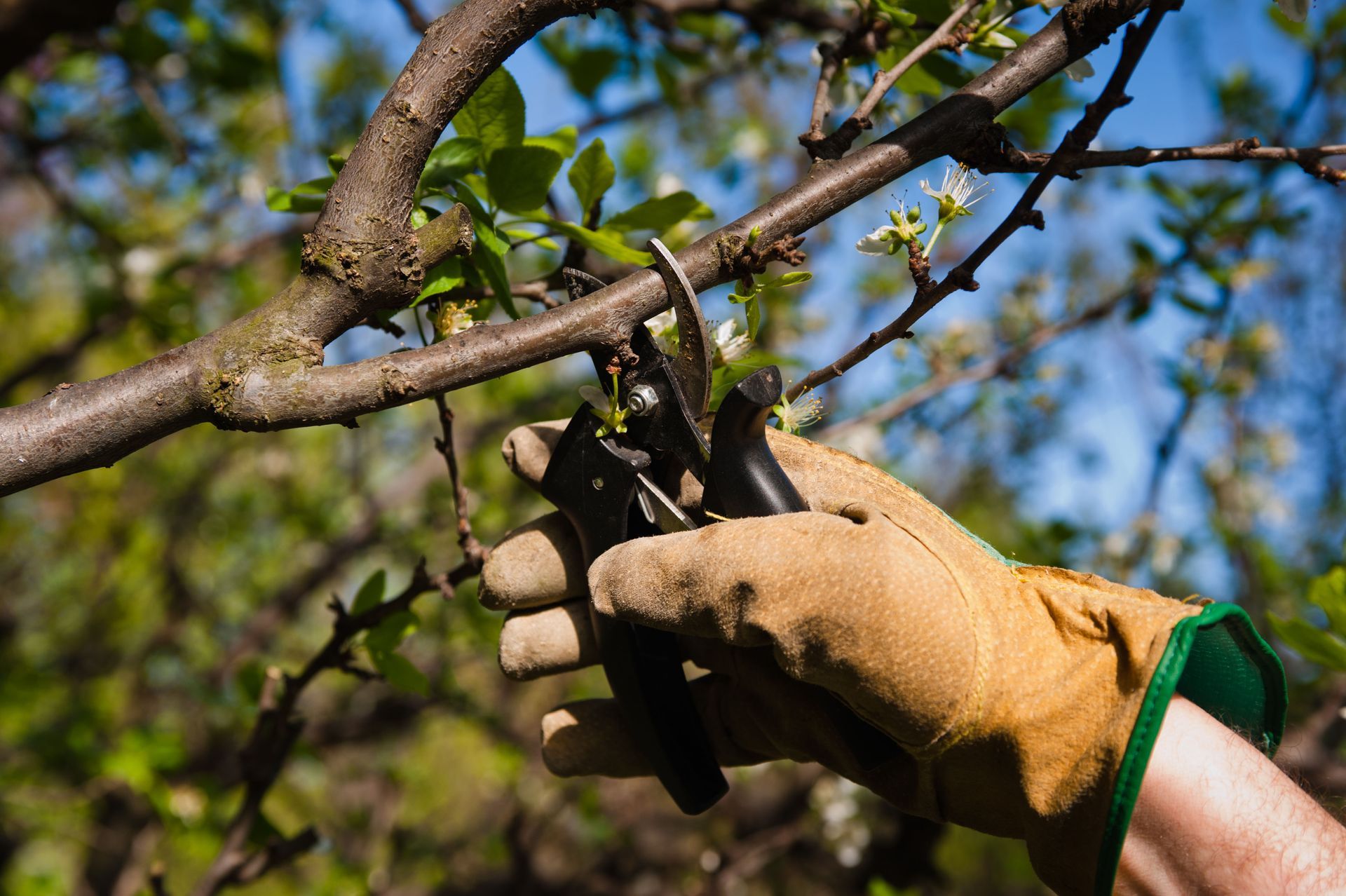

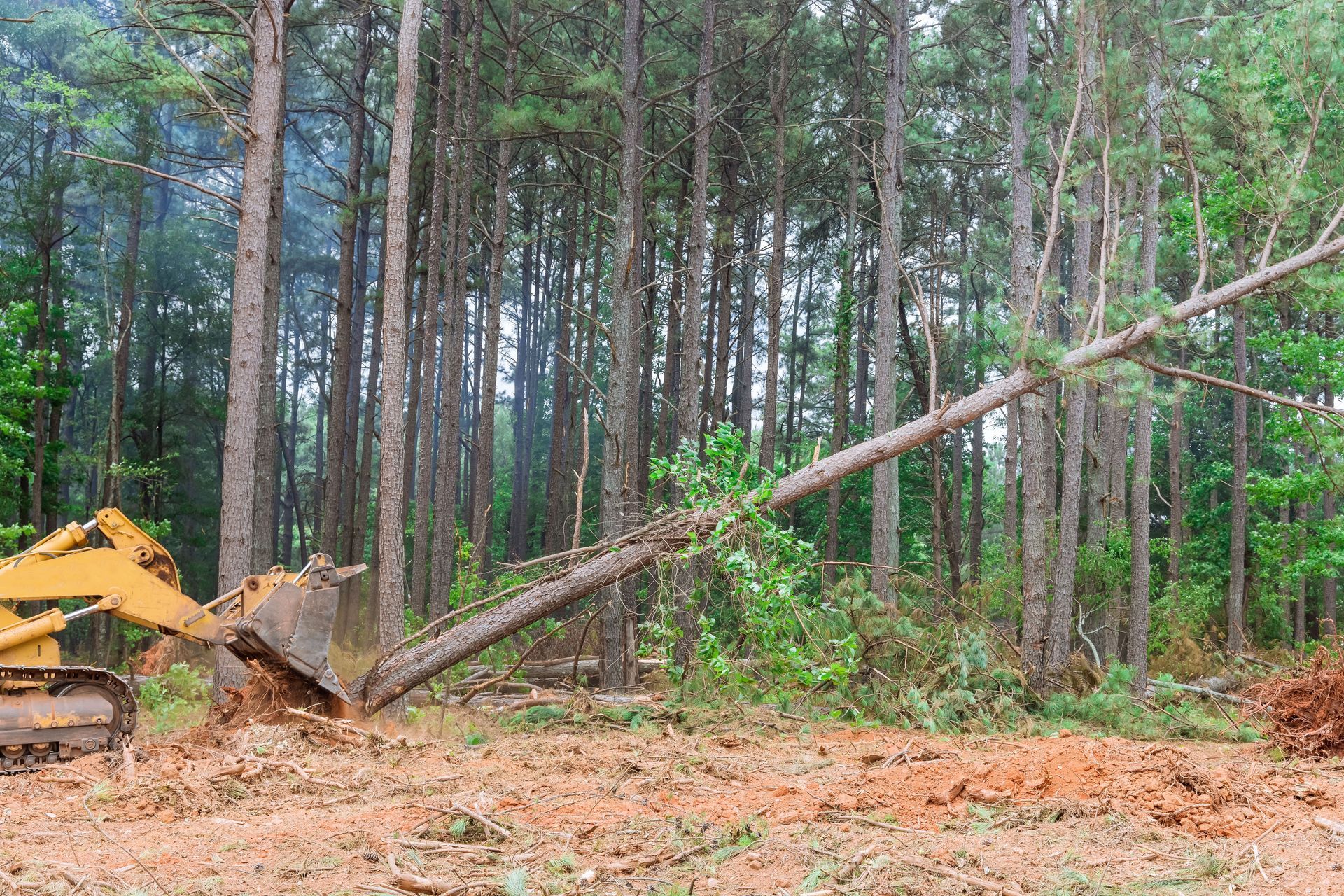
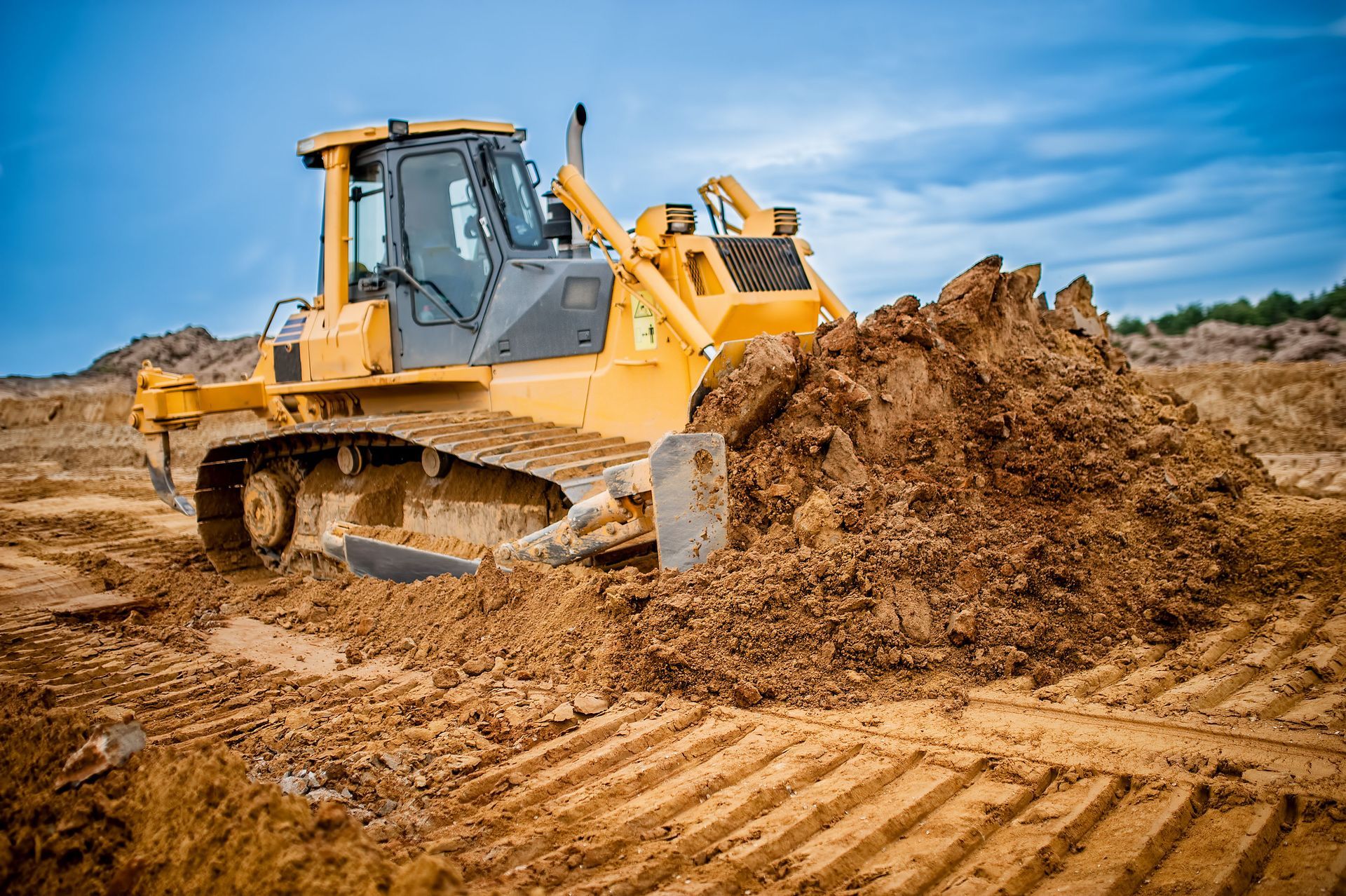
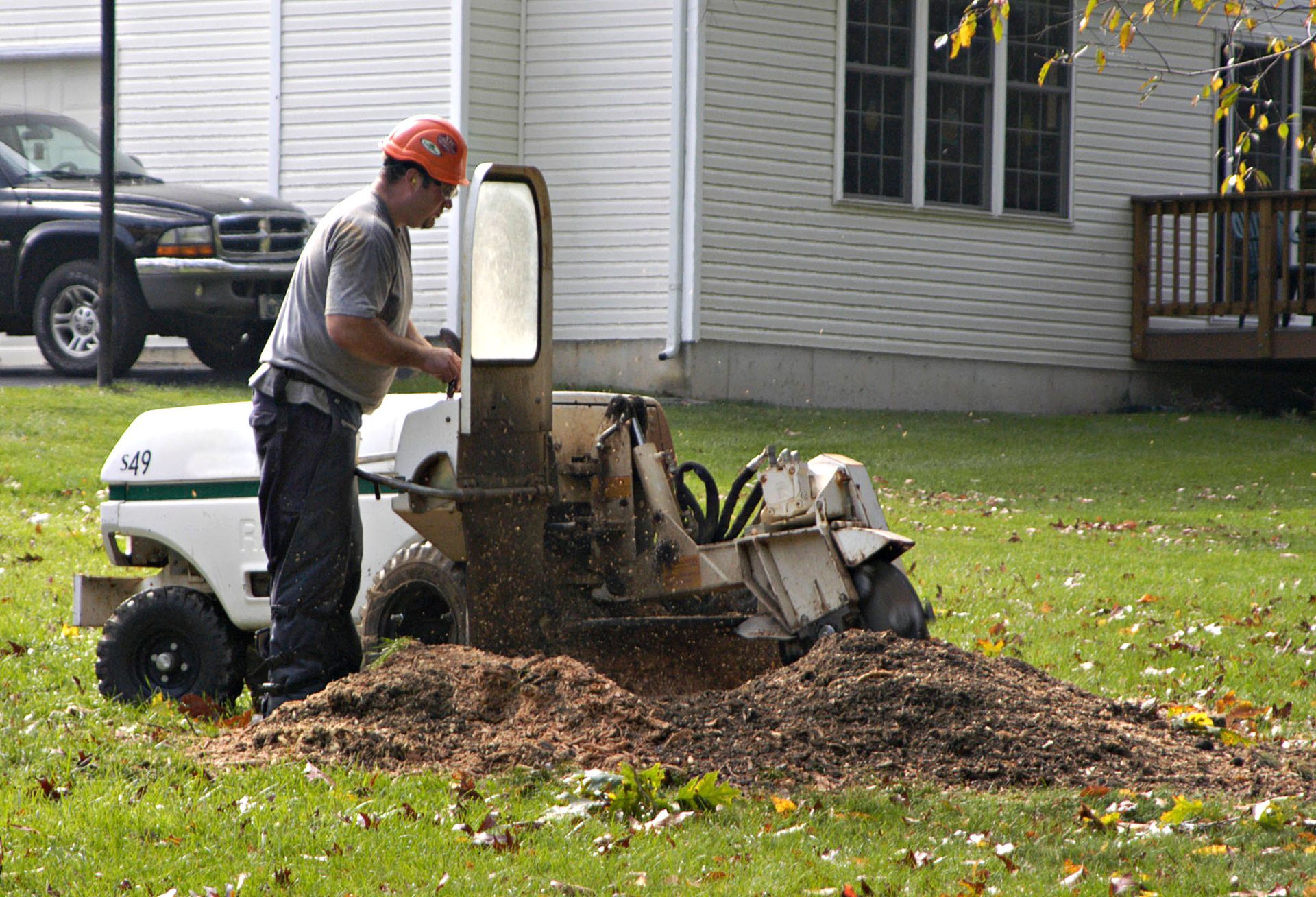
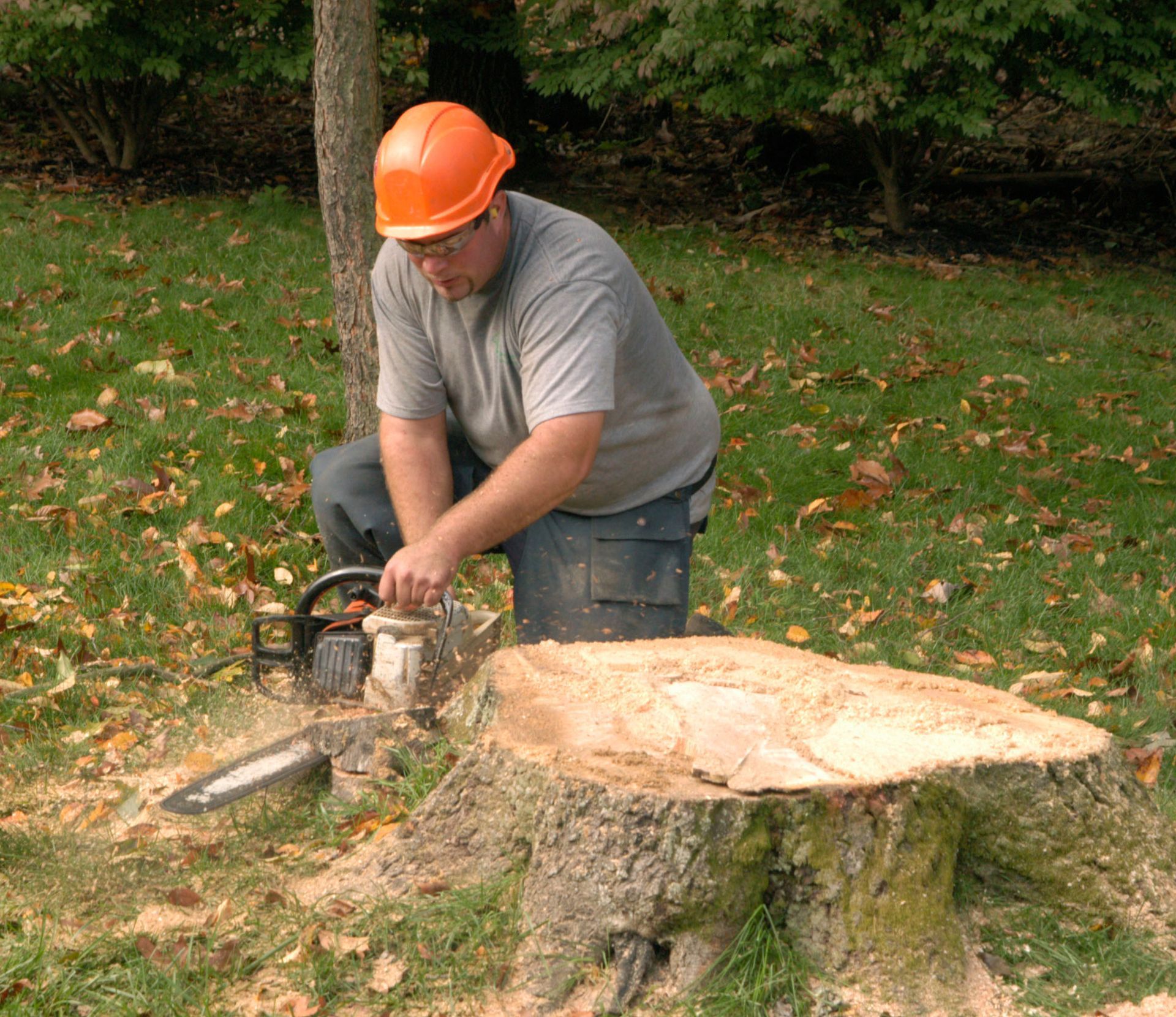
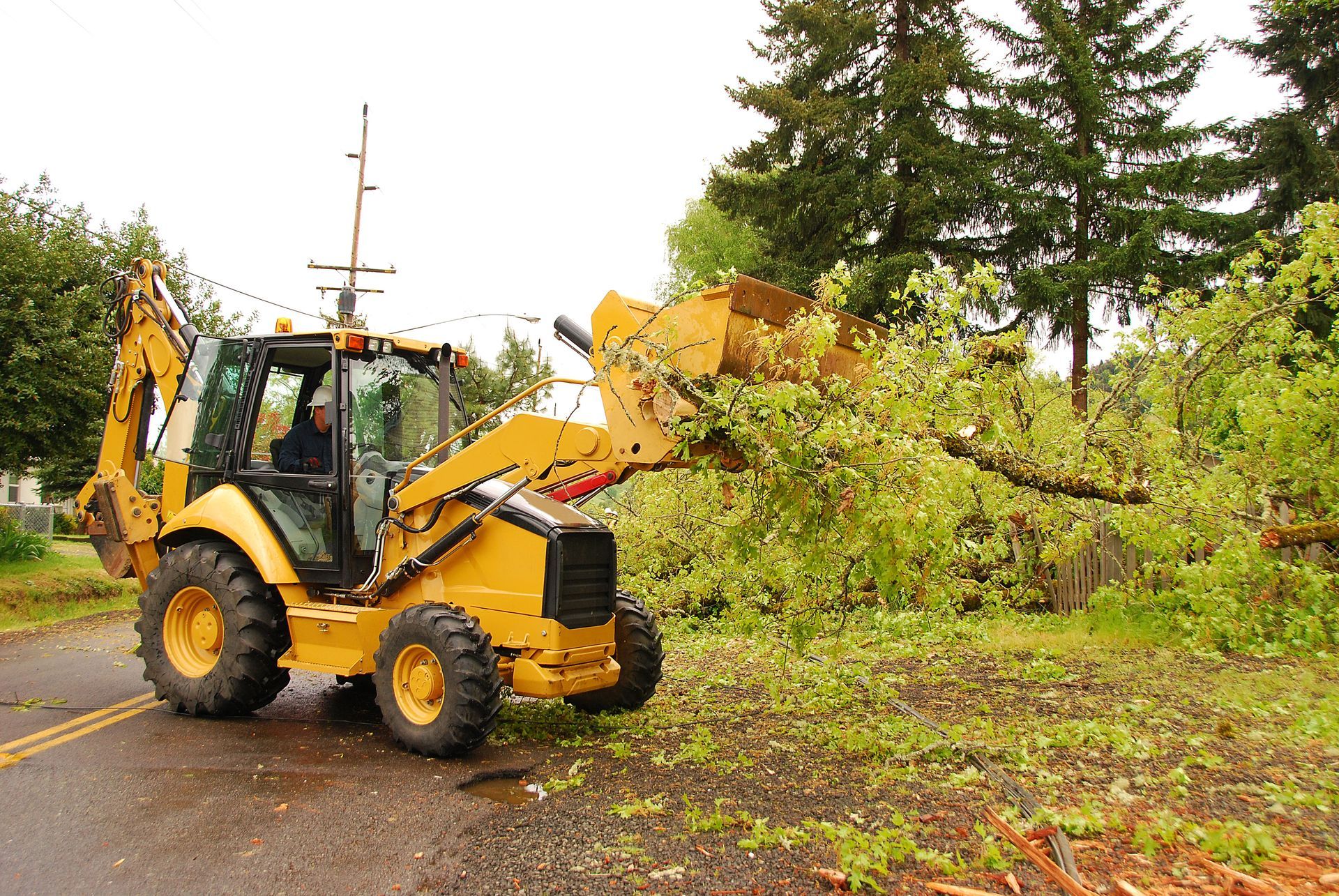
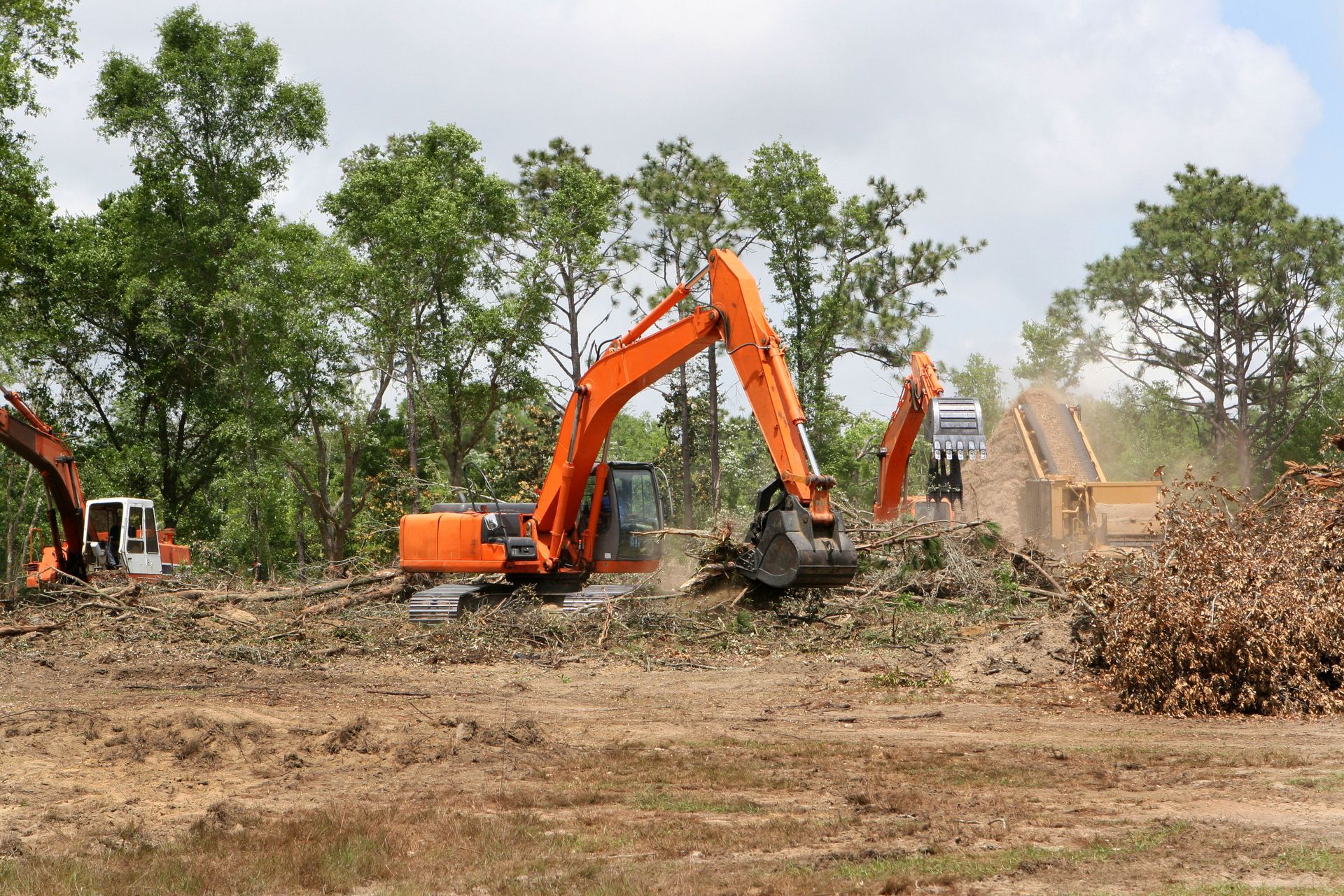
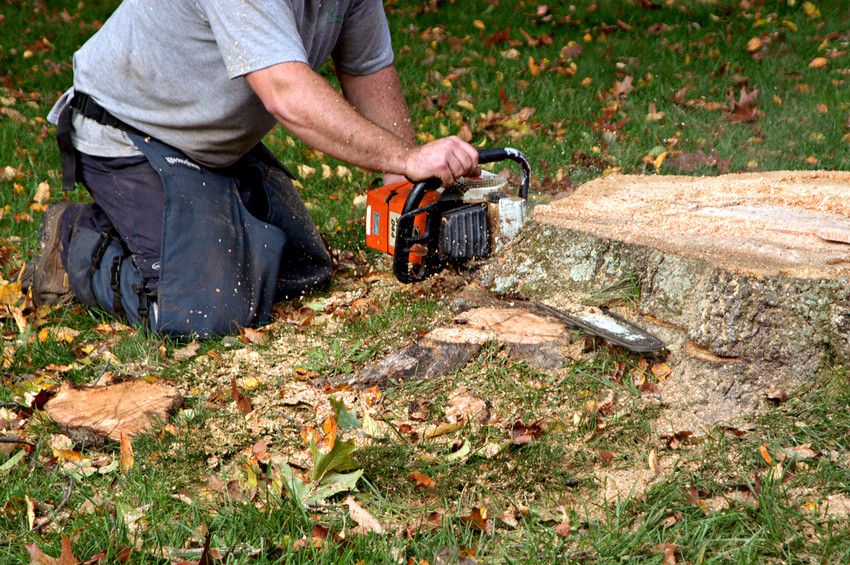
Share On: